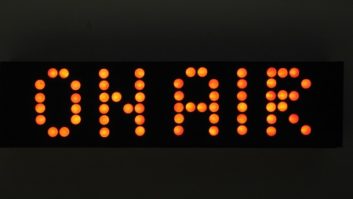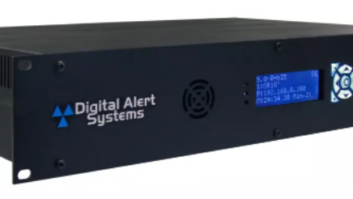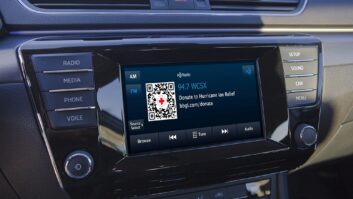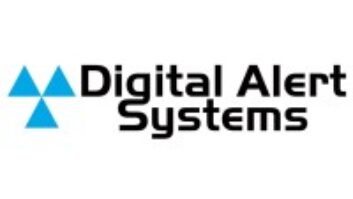
Compared to other ideas it has proposed to help AM radio, the FCC considers all-digital AM HD Radio technology to be a “more complex reform” proposal that would require “additional comment, research and analysis.” The agency called for further comment on all-digital and other longer-term AM improvement ideas, such as modification of the pre-sunrise/post sunset AM operating rules.
A session devoted to AM at this fall’s Radio Show brought up the all-digital option. Panelists were careful to note that NAB is championing a “digital sunrise” rather than an “analog sunset” and that the association is not talking about a mandated digital conversion.
An NAB source told RW that technology transitions take time because not all stations can “go at once.” Such transitions are best as an “evolution” and not as a mandate, said this source.
Testing of iBiquity Digital’s all-digital AM technology continues, meanwhile. Beasley Broadcast Group Vice President of Engineering/Chief Technology Officer Mike Cooney is now head of NAB’s Technical Committee; the former head of the group, Barry Thomas, is now director of engineering at Wilks Broadcast Group, which is not an NAB member.
NAB Labs had conducted testing earlier on CBS Radio station WBCN(AM) at 1660 kHz in Charlotte, N.C., as reported here and discussed at the spring show. More recently the organization conducted all-digital testing on Greater Media’s WBT(AM) at 1110 kHz, also in Charlotte, and Beasley’s WNCT(AM) on 1070 kHz in Greenville.
The data are being evaluated. An engineer close to the committee said, “We’re not seeing a clear set of results,” due to variations such as different power levels and air chains of stations tested so far.
At the fall show, NAB Senior Engineer David Layer shared audio clips received in Boston, Syracuse and Washington of the all-digital testing. Of the two-day testing on WBT, he said, “As often is the case with skywave propagation, the first night we got a pretty good signal in Syracuse. The second night it wasn’t nearly as good.”
He said the WBT test was the first time an all-digital AM signal had been put on a Class A station, “so it was the first time we had confirmed that you could receive the all-digital signal over the skywave.”
Sources connected with the testing hesitated to make any conclusions because NAB Labs intends to continue the trials.
Layer said he anticipates that, at some point, once NAB Labs has processed all the data, it would come back to the broadcast community with a report. Later, NAB confirmed it hopes to present a paper about the testing at the spring NAB Show.
It’s been some 10 years since there was any testing of the all-digital AM IBOC system. Should the agency ever approve implementation of all-digital AM IBOC, it would first need data about the technology’s performance.
For indoor tests, the test group used an Insignia Narrator receiver.
NAB Labs is looking for other stations that already transmit the hybrid analog-digital signal to test, especially Class C AM facilities on frequencies 1230, 1240, 1340, 1400, 1450 and 1490 kHz, frequencies not yet used for testing. We’ve previously reported NAB Labs wants to test on the majority of the band, not just on parts of it.












